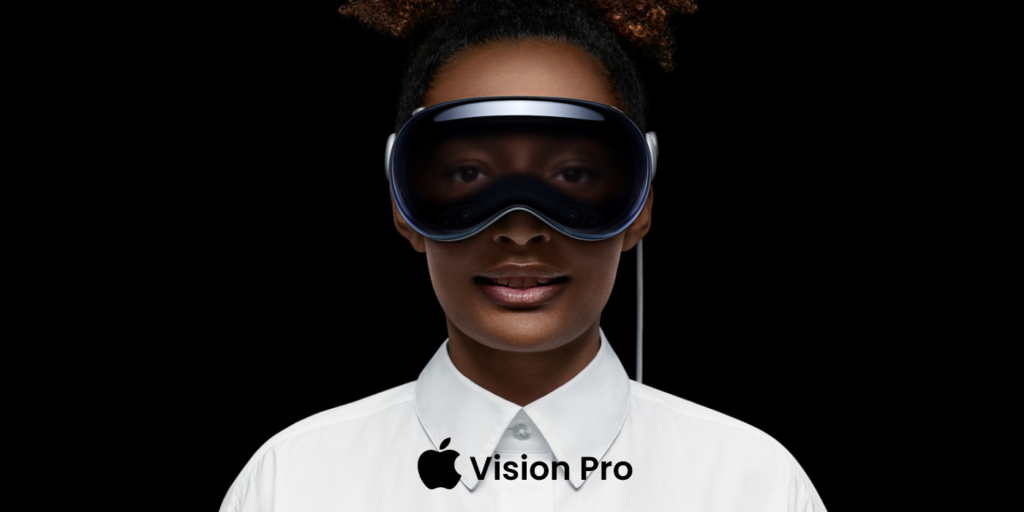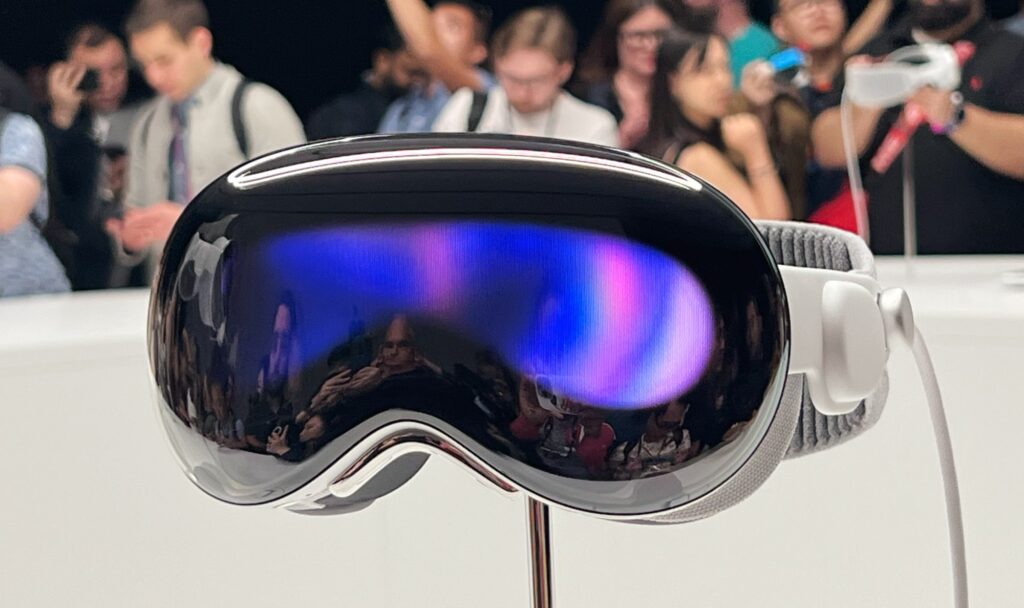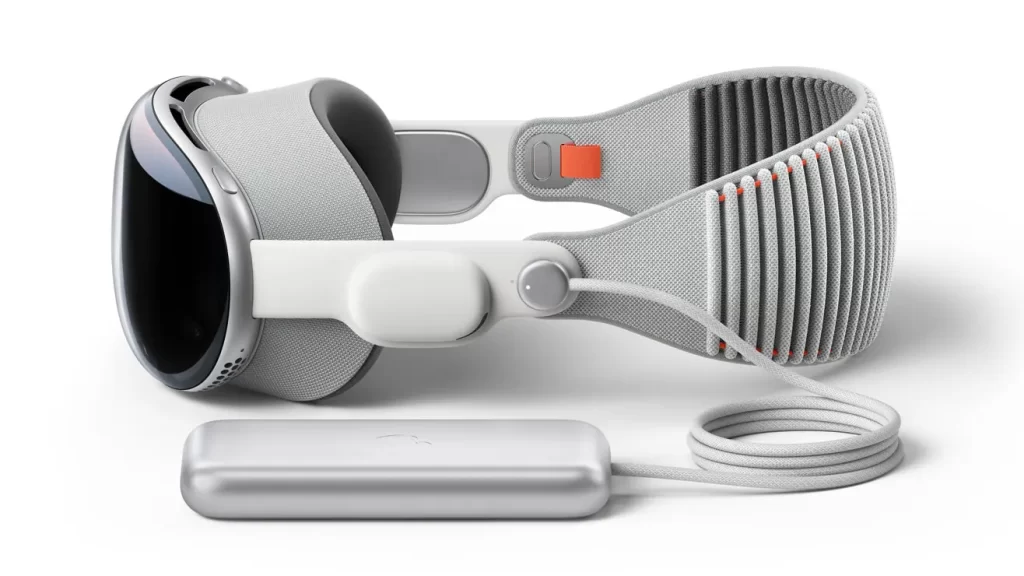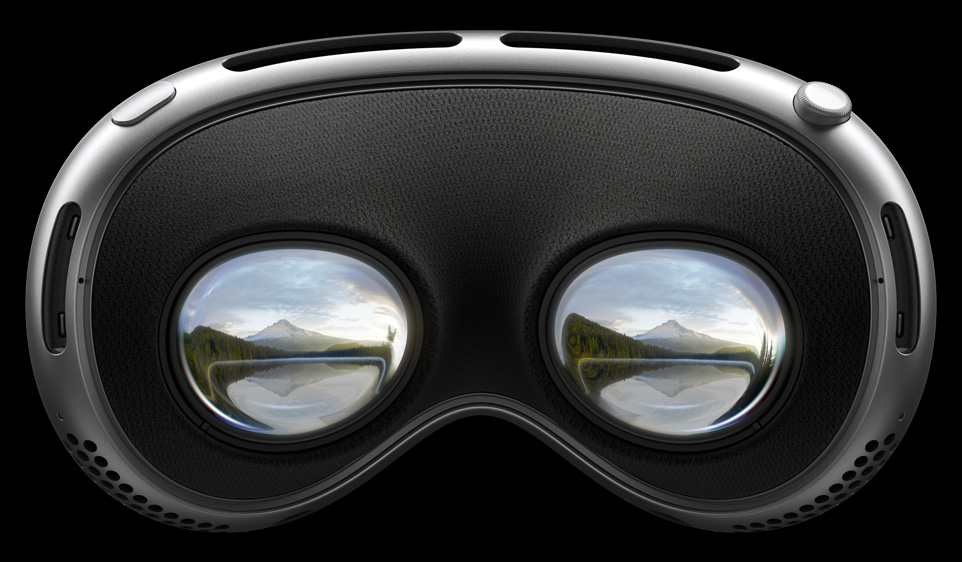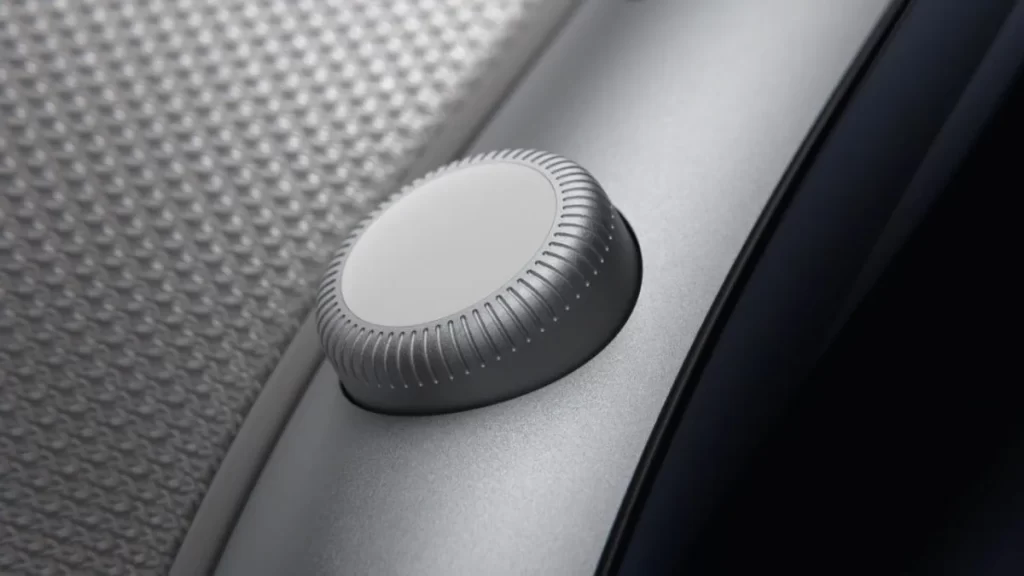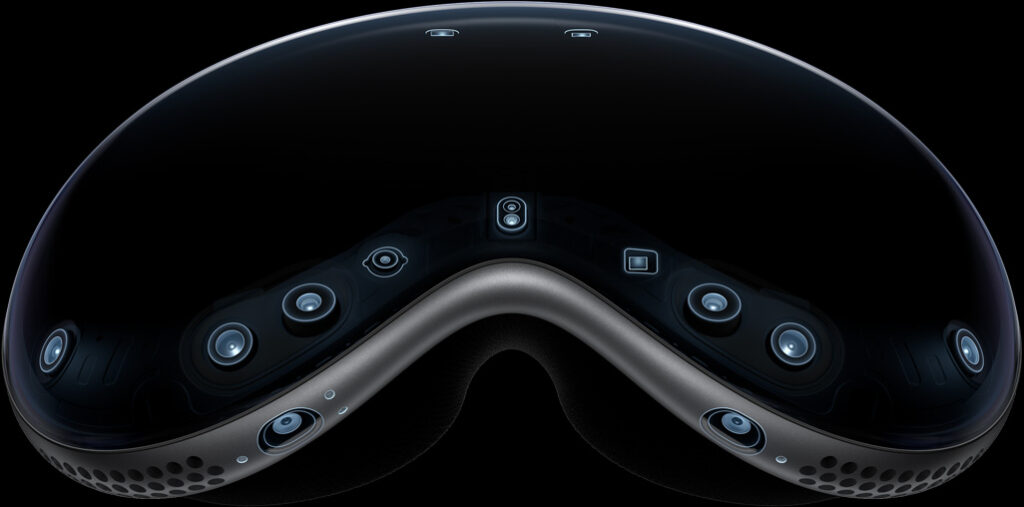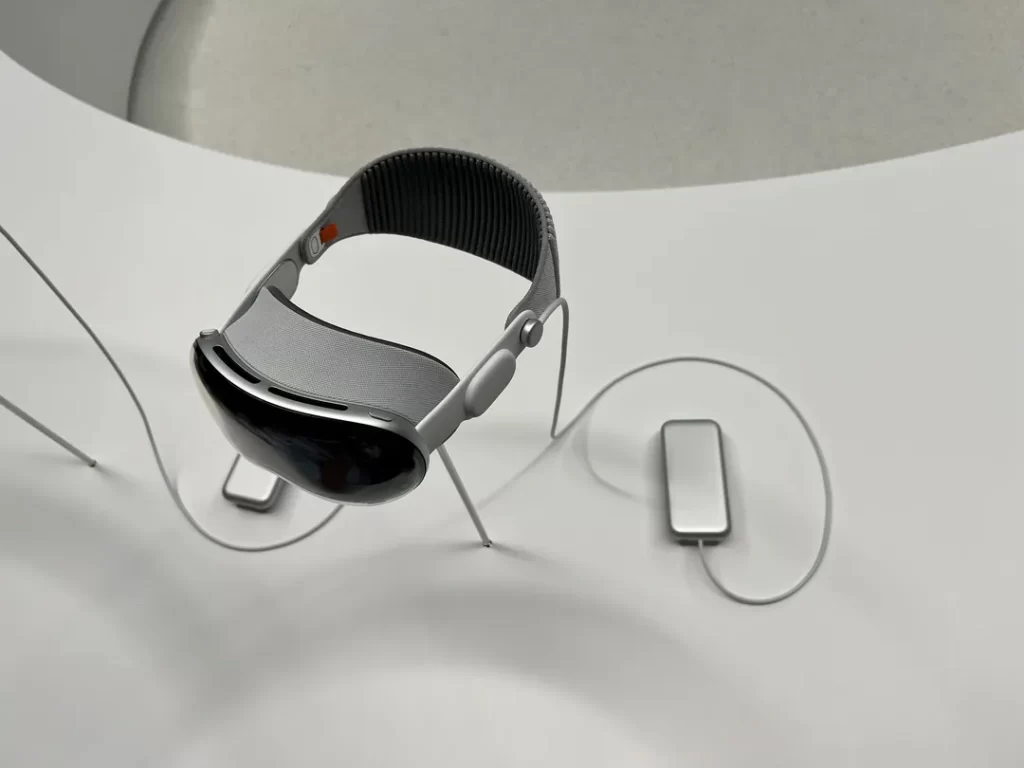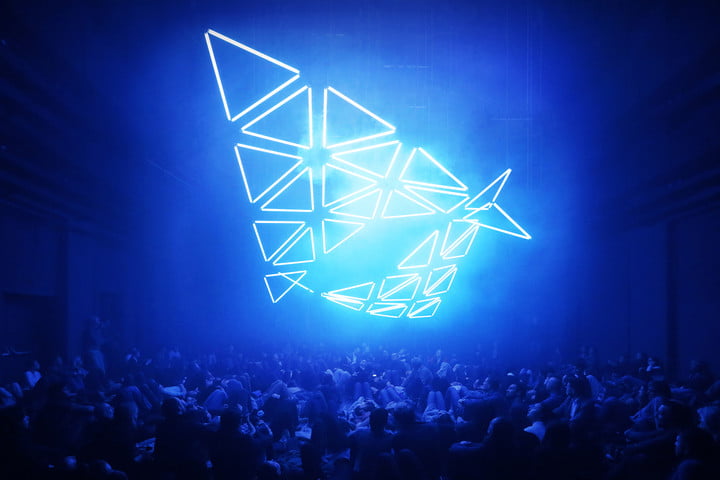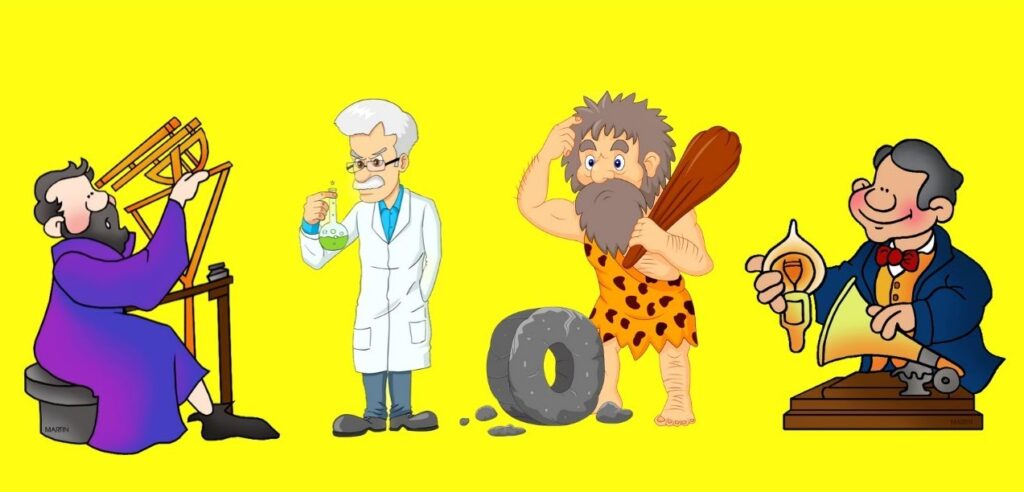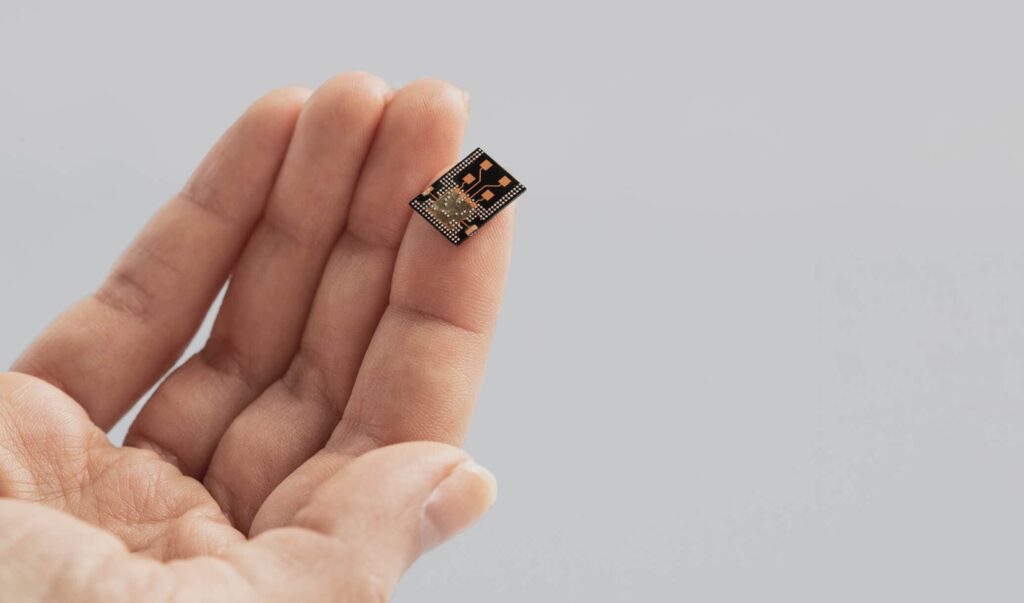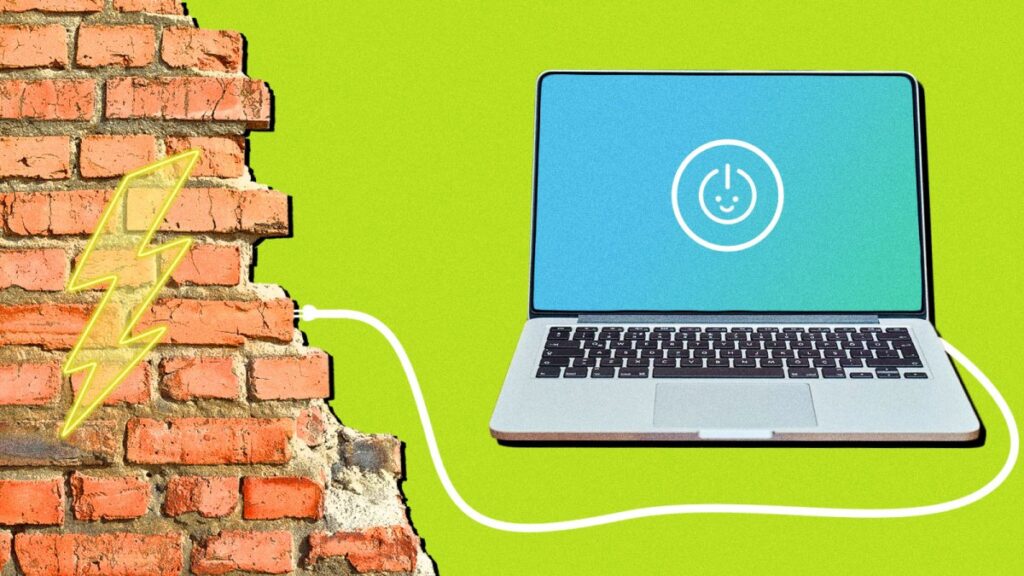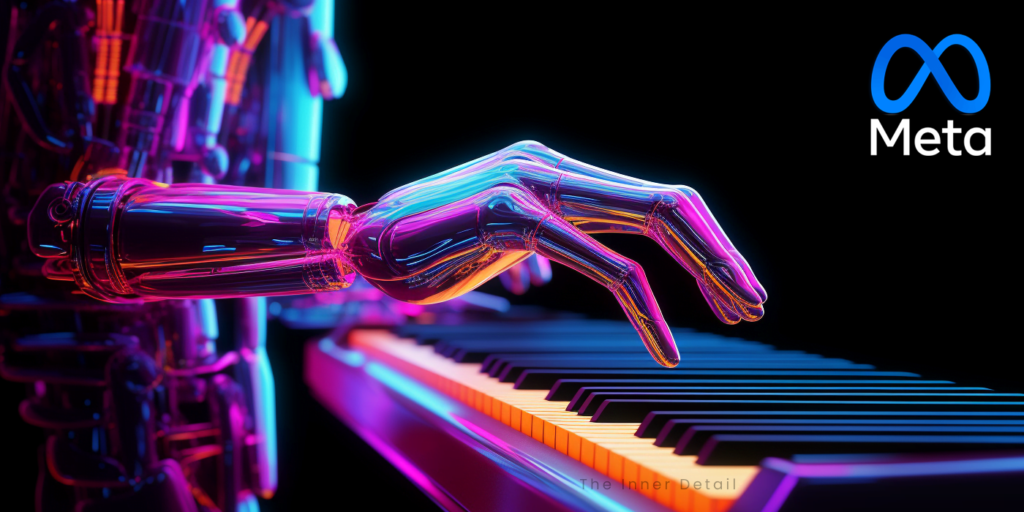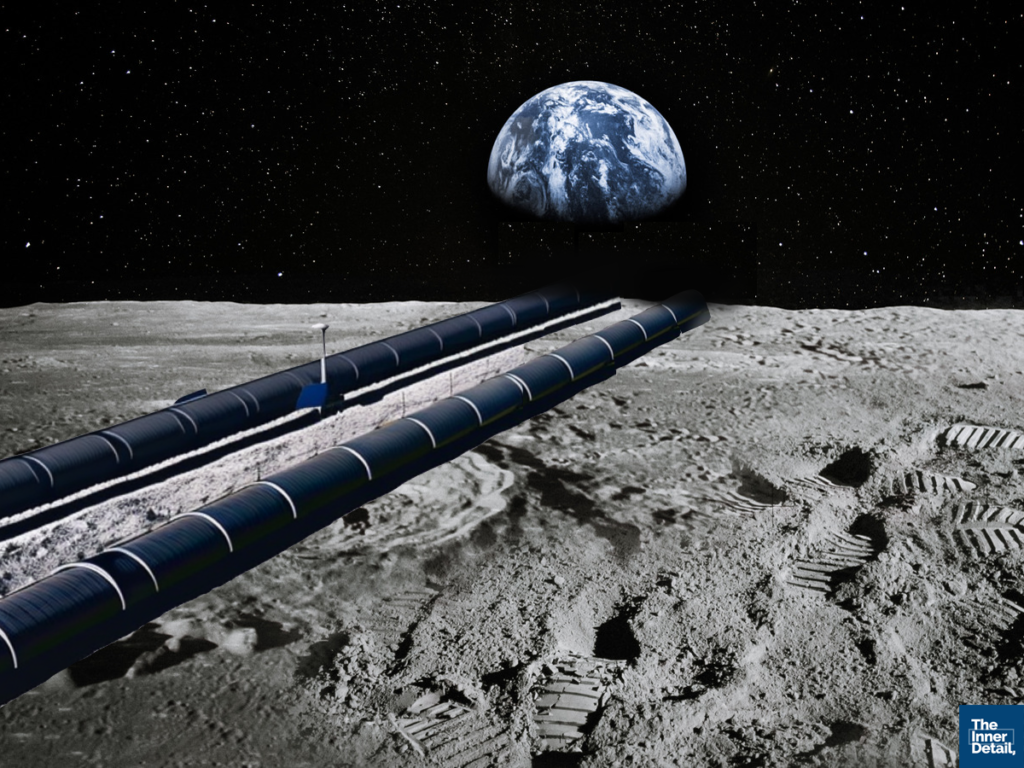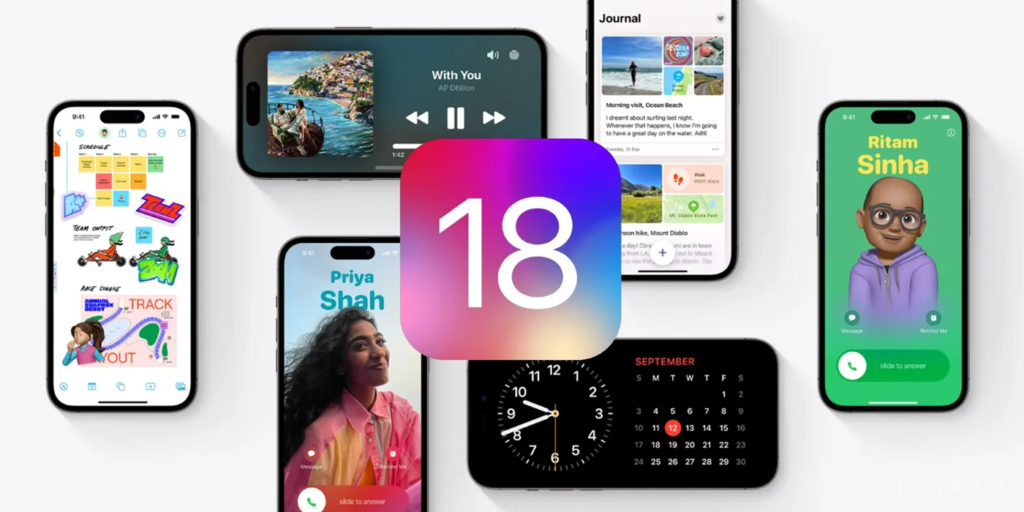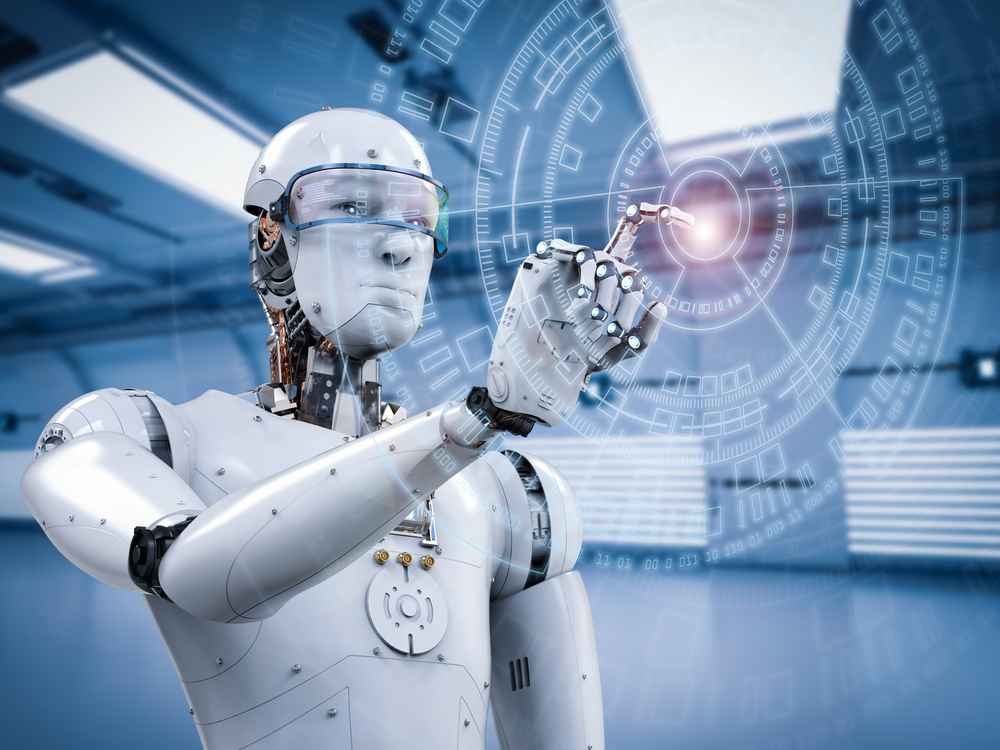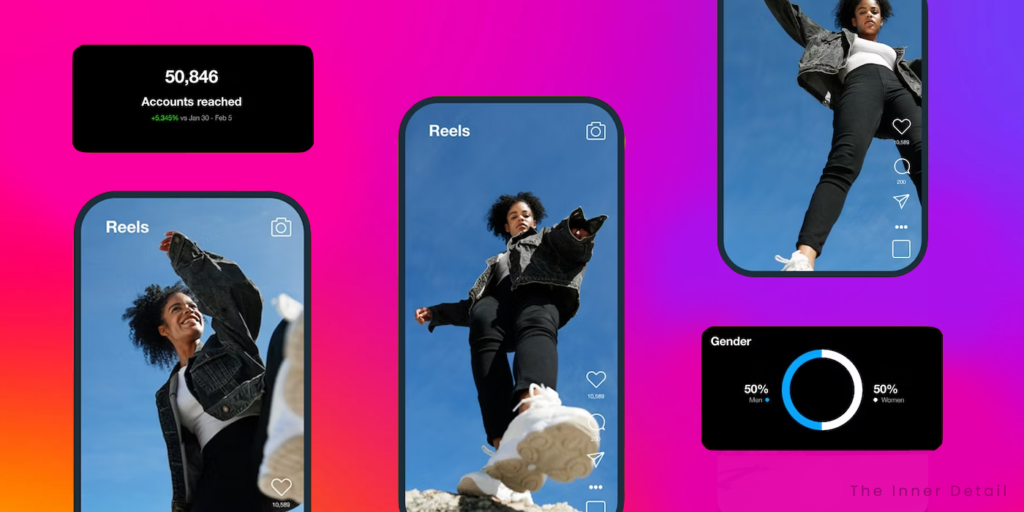Apple unveiled its major breakthrough product since 2014 – the long-rumoured mixed reality headset “Vision Pro” at WWDC 2023 event held in Cupertino, California. Vision Pro is Apple’s ambitious product till date after iPhone and it might change the way people interact with technology either in workspace or entertainment like watching TV.
The Mixed-reality headset is stunning in its seamless blending of digital content with your physical space. Apps will be floating before you and by just moving your hands in air or voice commanding or in fact eye-movements, you can do what you intended to do with the device.
Apple elevates the experience of users with technology here, via this Vision Pro and here you will see why. Indeed, Vision Pro could be your new ‘personalized’ TV, not for your home, but only for you.
Apple’s Mixed Reality Headset – Vision Pro
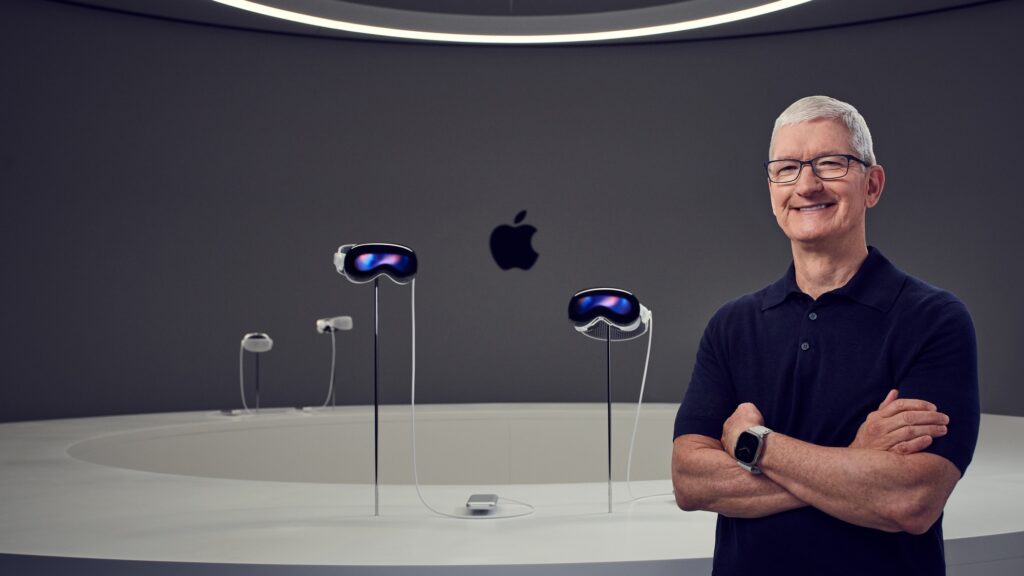
Apple Vision Pro equips a unique dual-chip design enabling spatial experiences on the headset, viz – powerful M2 chip collaboratively working with Apple’s new R1 chip.
First look of Vision Pro depicted how seamless, smooth yet innovative and technological the headsets are, floating your apps, window, and movies in the space around you, without entirely excluding the real world.
As technology shouldn’t blind your eyes but enhance it, Apple concurrently ideates this by allowing you to see what’s happening around you, though you are wearing the headset.
Vision Pro is revolutionary in this aspect making the AR elements transparent with its powerful spatial computing. But still, it has a knob on its top letting you to adjust your reality to virtual reality world, for a more-immersion into the headset. Say at times when you watch movies. Let’s dig deeper into the headset.
Design
Vision Pro has a goggle-y look in its appearance. The front panel with display wraps around your eyes and also conceals a fan for drawing air through the headset to cool it.
A band at the back of the headset lets you to adjust for your head. Vision pro has two displays, one for each eye, with 23 million pixels across them, plus an external panel. Inside of the Vision Pro sits LEDs and IR (infrared) cameras to track your eye movement, while on the exterior, two downward-facing cameras track your hands. Besides, lidar sensors in the headset senses objects around the Vision Pro in real time, tracking their positions.
There’s also a custom 3D lens for ensuring the visibility of UI. And for glass-wearers, here’s an option for you. Vision Pro indeed packs magnetic lenses wherein you can insert appropriate lenses into that for a glass-free clear-view. Apple partnered with Zeiss for this.
Vision Pro will not cover your ears, but speakers positioned near to the ears deliver rich spatial audio, while keeping you aware of your surroundings. Vision Pro’s battery isn’t built into it, but a wire runs from the rear part of the headset to a battery pack for up to two hours of use. Wearers can also plug into the wall for an extended experience.
In a whole, Vision Pro equips 23 sensors – 12 cameras, five sensors and six mics, which collectively feed into R1 – a new Apple-made chip exclusively for virtual reality environment, to reduce motion sickness.
Apple Vision Pro Software – visionOS and R1 Chip
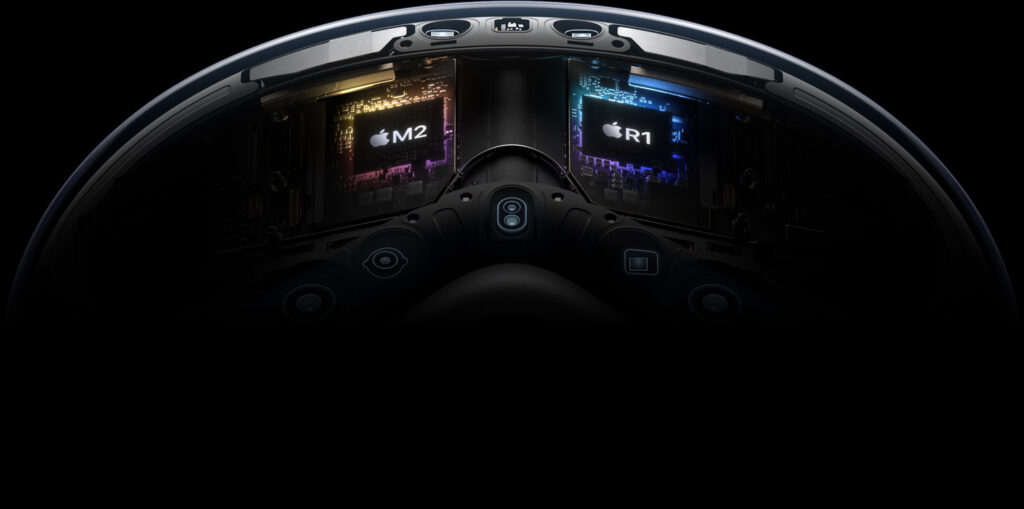
visionOS
Vision Pro runs on visionOS – an exclusive operating system for this mixed-reality headset, that gets wrapped off in the WWDC23 event. “visionOS” is the first OS designed with spatial computing on grounds of focus for the blending of augmented reality and virtual reality with actual reality.
FYI, Spatial Computing is the way of enabling physical actions (like hand movements, gestures) as valuable inputs for interactive augmented reality elements in the mixed-reality world. In simple words, it’s a computer’s ability to know that you are manipulating an AR feature or element while wearing the headset and to respond accordingly.
VisionOS adds a real-time subsystem for processing interactive visuals on the Vision Pro, into its core-chip performance that matches with macOS and iOS. The 3D interface of visionOS spreads apps to appear in 1800 space, letting you to view multiple apps simultaneously side-by-side for a productive work.
Vision Pro’s visionOS will be boarding multiple apps with its own dedicated app-store. and at launch, visionOS will feature Adobe, Microsoft (Office), medical software for looking at renders of anatomy and an engineering app for visualizing say, physics phenomena. In addition, over 100 Apple Arcade titles will be available to play on visionOS on “day one” of launch.
R1 chip
Apple innovates a state-of-the-art chip for mixed-reality headsets. The R1 chip facilitates spatial computing for the headset by contriving all sensors embedded into the headset for creating a precise head and hand tracking of the wearer, along with real-time 3D mapping and eye-tracking.
R1 chip reads data from 23 sensors of the headset and can process the sensor data within 12 milliseconds, eight time faster than the blink of an eye, Apple claims. R1 chip will dramatically reduce the motion sickness of AR/VR systems too.
R1 chip is Apple’s breakthrough effort in sketching a seamless mixed-reality headset and Apple filed nearly 5,000 patents to make that happen.
Apple also introduces a new aspect in AR/VR headsets – Eyesight. R1chip enables this EyeSight feature that lets others to know if the wearer is fully immersed into the headset or not, by looking into the wearer’s eyes through the headset. Visibility of the eye means not fully immersed.
Vision Pro – What more it can do?
- Vision Pro with its dozen cameras lets you to capture magical spatial photos and spatial videos in 3D, then relive those cherished moments.
- Apple Vision Pro will profoundly enhance cinematic experience with devices, especially 3D movies. It can transform any room into a personal theatre with more pixels than a 4K TV for each eye. You can pinch and zoom the size of your theatre.
- Apple Immersive videos will display you a 180-degree 3D 8K recordings captured with Spatial Audio.
- Streaming services such as Disney Plus, Apple TV+ will be available on Vision Pro on the day of launch itself. Disney is partnering with Apple to bring its streaming on the device, its CEO, Bob Iger said.
- Spatial computing of visionOS enables the apps and augmented-reality display to be scaled to sizes, react to lighting in your room and even cast shadows.
That are all lucrative stuffs coming to Vision Pro, costing the device at $3,499 (₹2,88,800). Vision Pro is about to make its arrival early next year.
Vision Pro is costly even in US, where Apple Products are cheapest
The price of Vision Pro, when revealed stuns viewers as the device itself did. Vision Pro is thrice the cost of the expensive headset in Meta’s VR collection.
Apple stock fell nearly 1% on Monday after the release of its highly anticipated Vision Pro virtual reality headset that one analyst said was costlier than anticipated and overhyped. People too started comparing Vision Pro for its price-tag, claiming that Vision Pro is more than twice the cost of average rented house in U.S ($1320).
A widely-shared video captured the reaction of a large crowd to the announcement of the Vision Pro’s price tag.
However, Apple sees Vision Pro as its prime product with such powerful spatial computing, and it might make mixed-reality mainstream in future. Vision Pro could add Apple over $40 billion to its market cap, Fortune reported.
With Vision Pro, Apple set a paradigm of mixed-reality headsets, creating a potential market in it, and analysts call it “solid foundation of a next-generation entertainment and work platform”.
Kindly add ‘The Inner Detail’ to your Google News Feed by following us!
Hope you find the page useful.
(For more such interesting informational, technology and innovation stuffs, keep reading The Inner Detail).
References: Apple, Tech Crunch, Fortune
